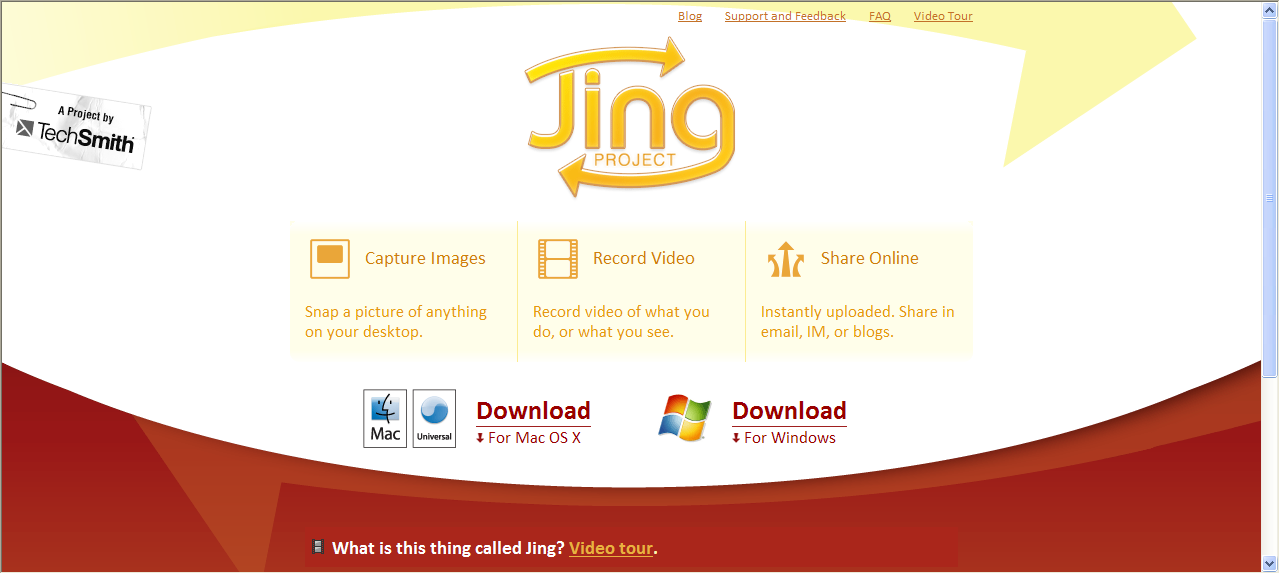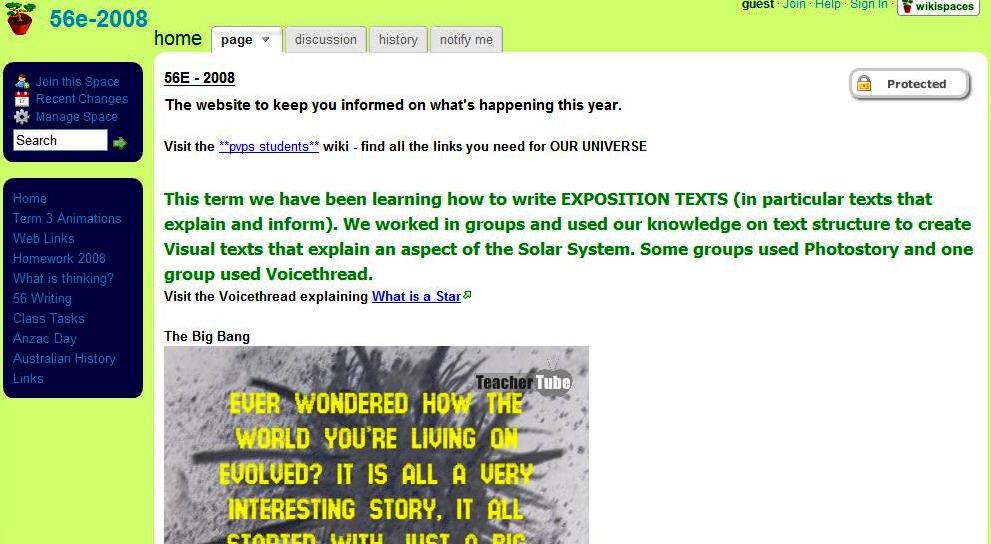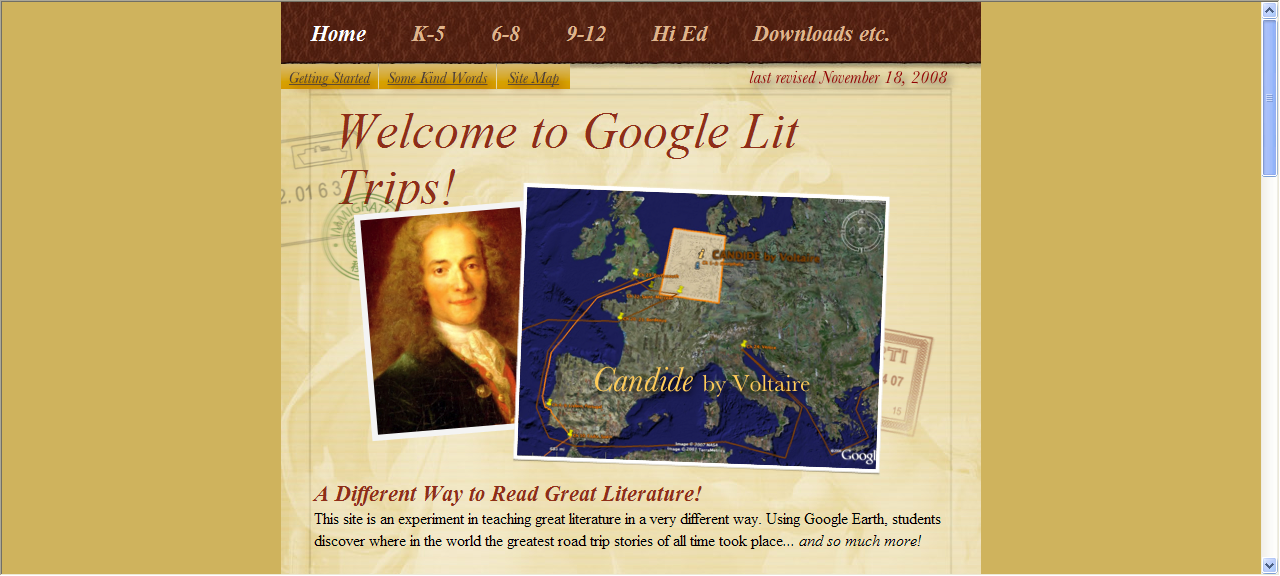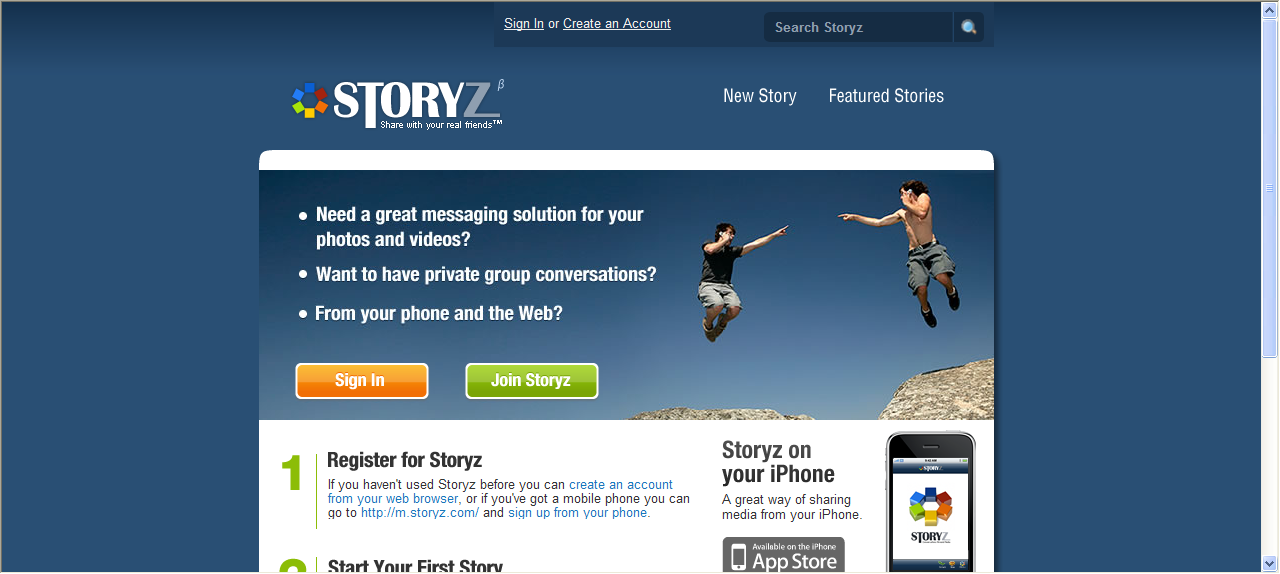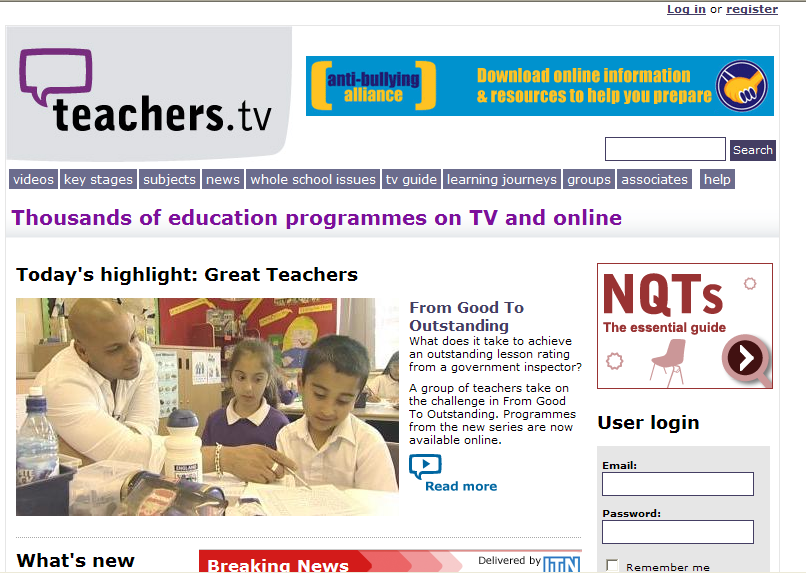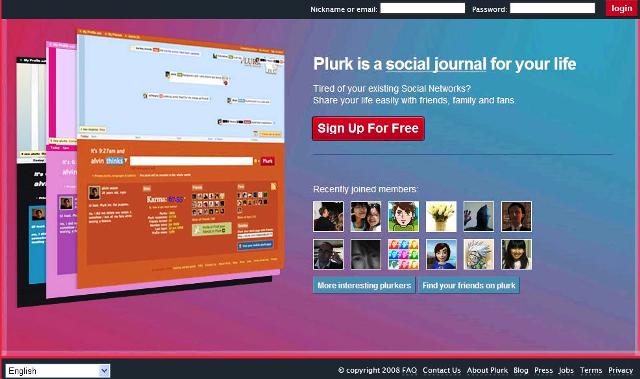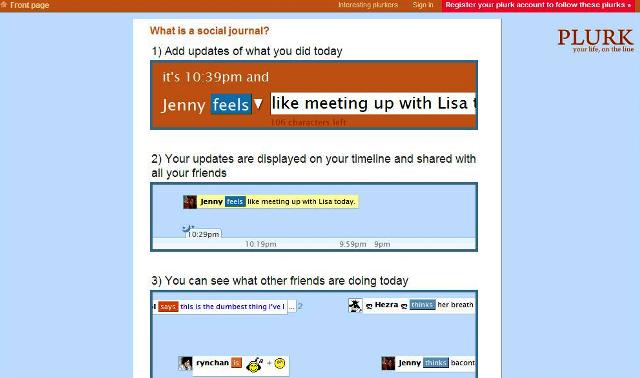Whitefriars College teacher librarian Karen Kearney has developed a wicked wiki for VCE classes! Karen outlines the development of the resource; ‘The Theatre Studies boys at our school have been studying Wicked – The Untold Story of the Witches of Oz as part of their curriculum. It’s one of the plays on our VCE list.’
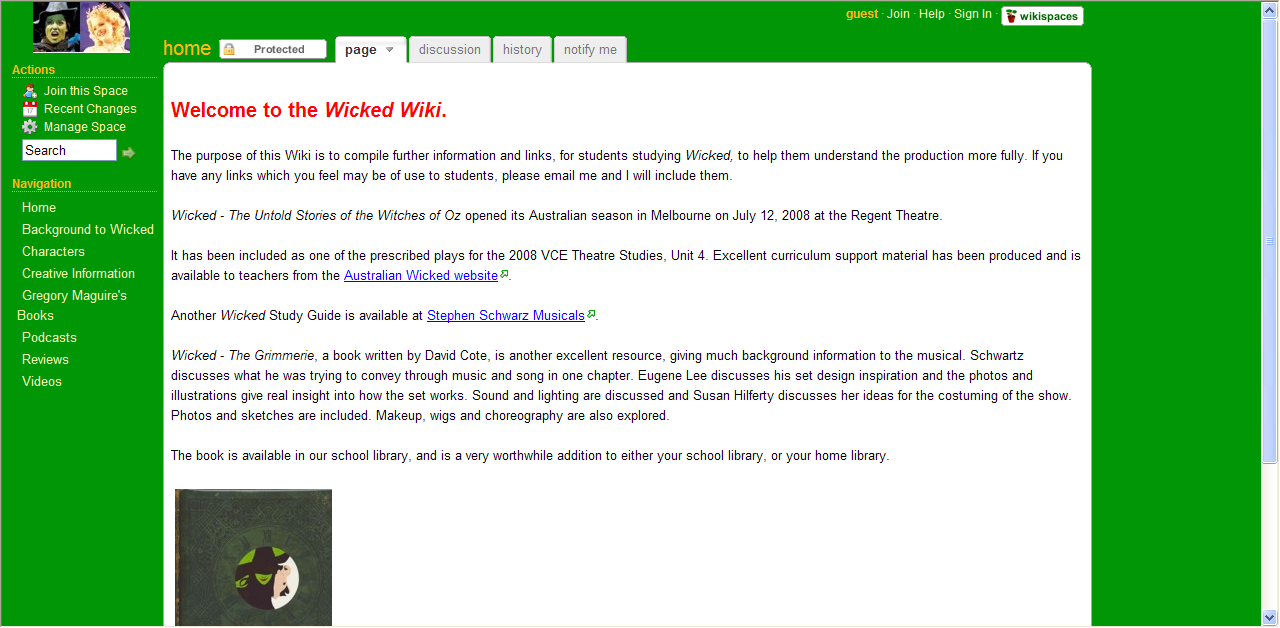
Wicked front page
Karen explains how the wiki came about. ‘Earlier this year I attended the SLAV Conference featuring Will Richardson. Closely following this, all of Whitefriars College Library Staff, along with another staff member, completed the SLAV Web 2.0 “23 Things” course. These PD activities gave me many ideas of different and exciting ways in which information could be presented. Having already started blogging, I decided to try my hand at a Wiki.
‘Wikis have been used in the past at Whitefriars College. We have been a laptop computer school for many years now, and have a great intranet. Wikis for classroom use have been developed as part of the intranet, but I wanted something on the internet which many people could share.’
Karen continues, ‘Setting up a wiki really couldn’t have been simpler. Wikispaces was suggested as a good location for an educational Wiki. Following my first effort I found myself with a nice Wiki, complete with advertisements all down the side! After discussion with a colleague, I discovered that Wikispaces offer a place where teachers can create a Wiki without fees, and without advertising, for educational purposes.’
Karen says, ‘I have long had an interest in musical theatre, and was delighted to hear from our Theatre Studies boys that they were going to study Wicked – The Untold Stories of the Witches of Oz, as part of their VCE curriculum. I have seen the show on Broadway, and our Australian production, so knew it well. Furthermore, technical aspects of theatre fascinate me so I set out to find many articles on the Internet which take a back stage look at the show. I came up with many relevant articles, interviews, reviews, podcasts and YouTube videos, all of which discuss different aspects of the show. This information supports, and extends, that already provided by the Theatre Studies teacher.
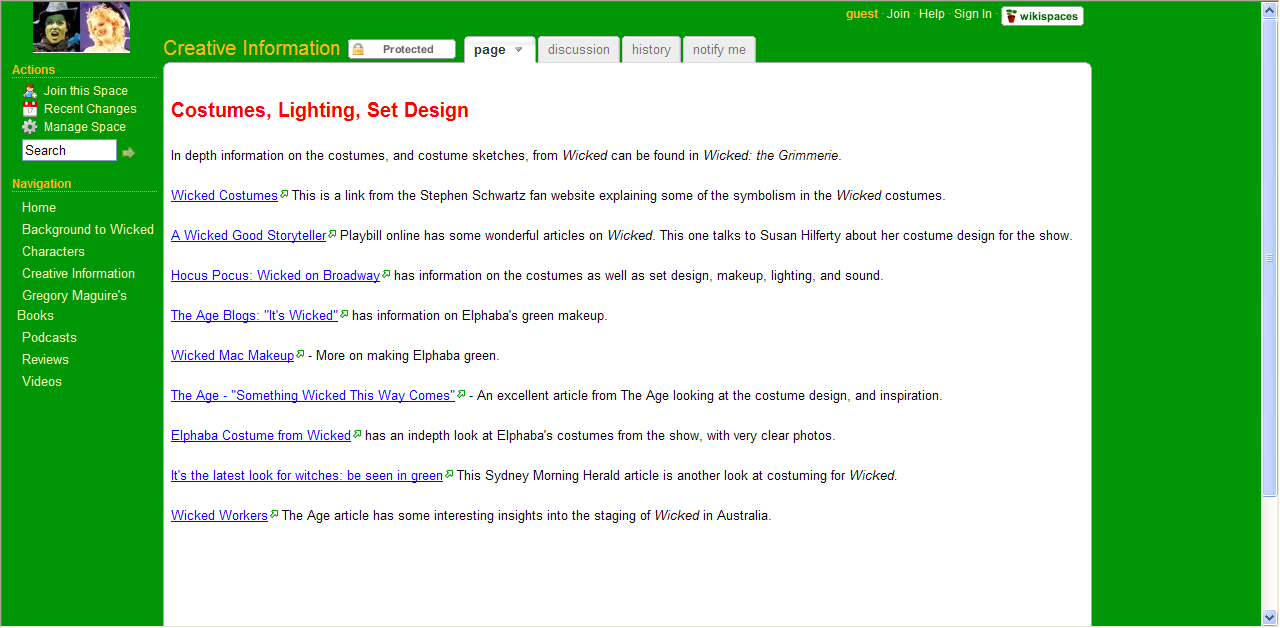
Costumes, lighting, set design
‘The Teacher Librarian in me wanted to bring a reading perspective to the Wiki, and so I added a page about Gregory Maguire, the author of the book Wicked. Several of his books are listed there, as is his web site. Perhaps this might encourage some of our students to explore his other work.‘
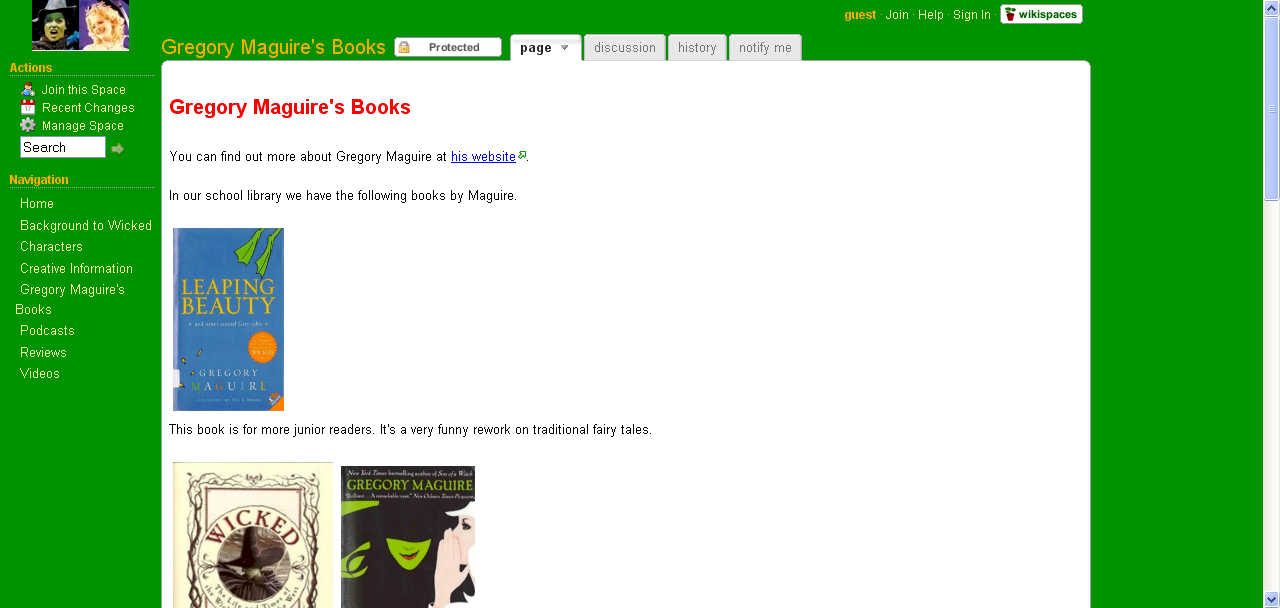
Gregory Maguire's books
Finally, when the Wiki was near completion, Karen sent the link to the Theatre Studies class, their teacher, and other students and teachers she thought would be interested. She then sent an email to the OZTL_Net Teacher Librarians list, asking that anyone who wished to share the link should do so with their students and teachers. Karen does warn potential users that ‘YouTube video links have been included and I’m aware that not all schools will be able to view those.’
Thanks to Karen for sharing her valuable resource with us! Well done Karen.

